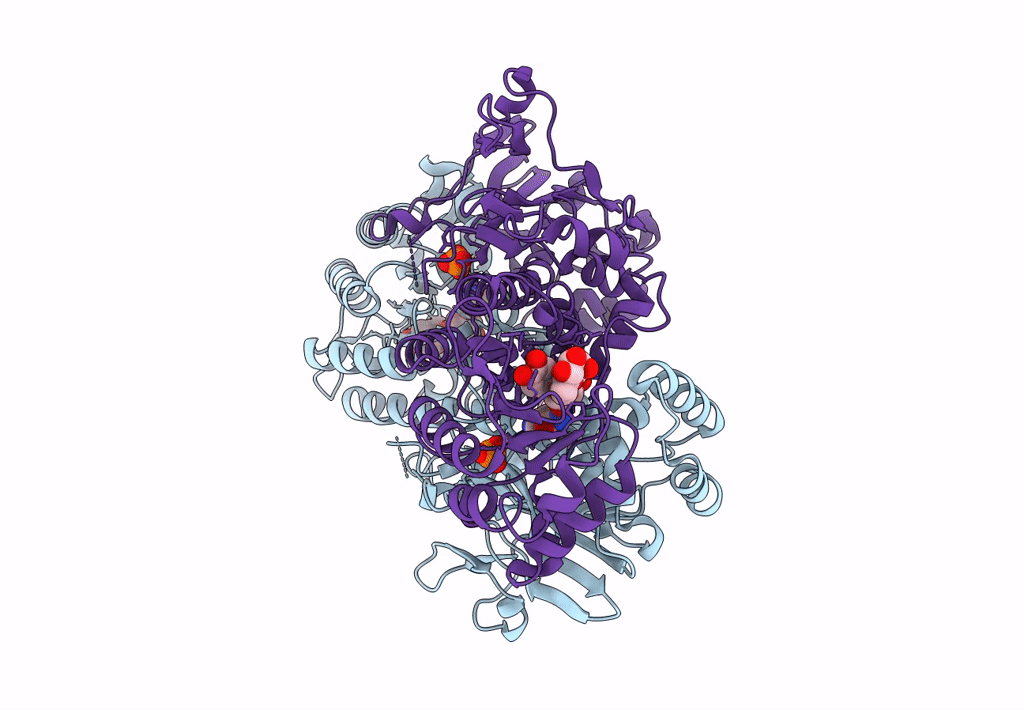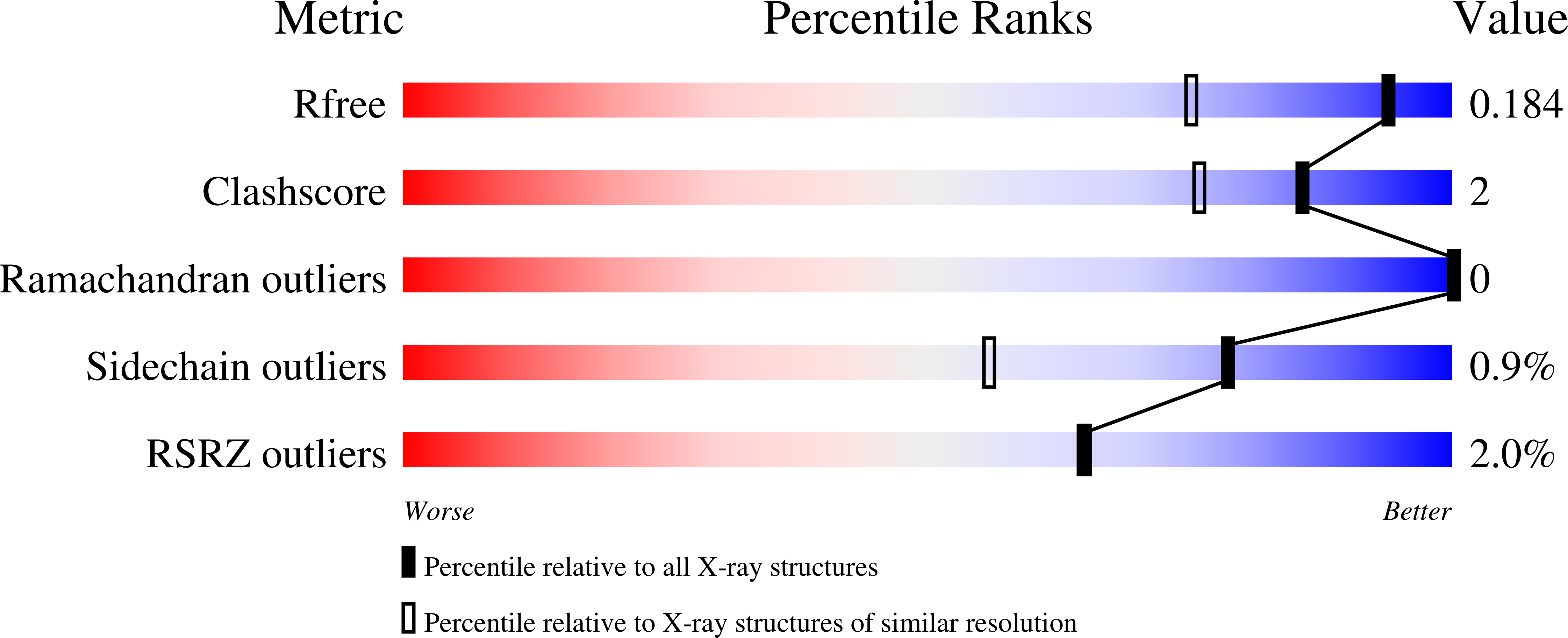
Deposition Date
2022-07-22
Release Date
2023-03-08
Last Version Date
2023-10-25
Entry Detail
PDB ID:
8DSE
Keywords:
Title:
Human NAMPT in complex with substrate NAM and activator quercitrin
Biological Source:
Source Organism:
Homo sapiens (Taxon ID: 9606)
Host Organism:
Method Details:
Experimental Method:
Resolution:
1.43 Å
R-Value Free:
0.18
R-Value Work:
0.16
R-Value Observed:
0.16
Space Group:
P 1 21 1


